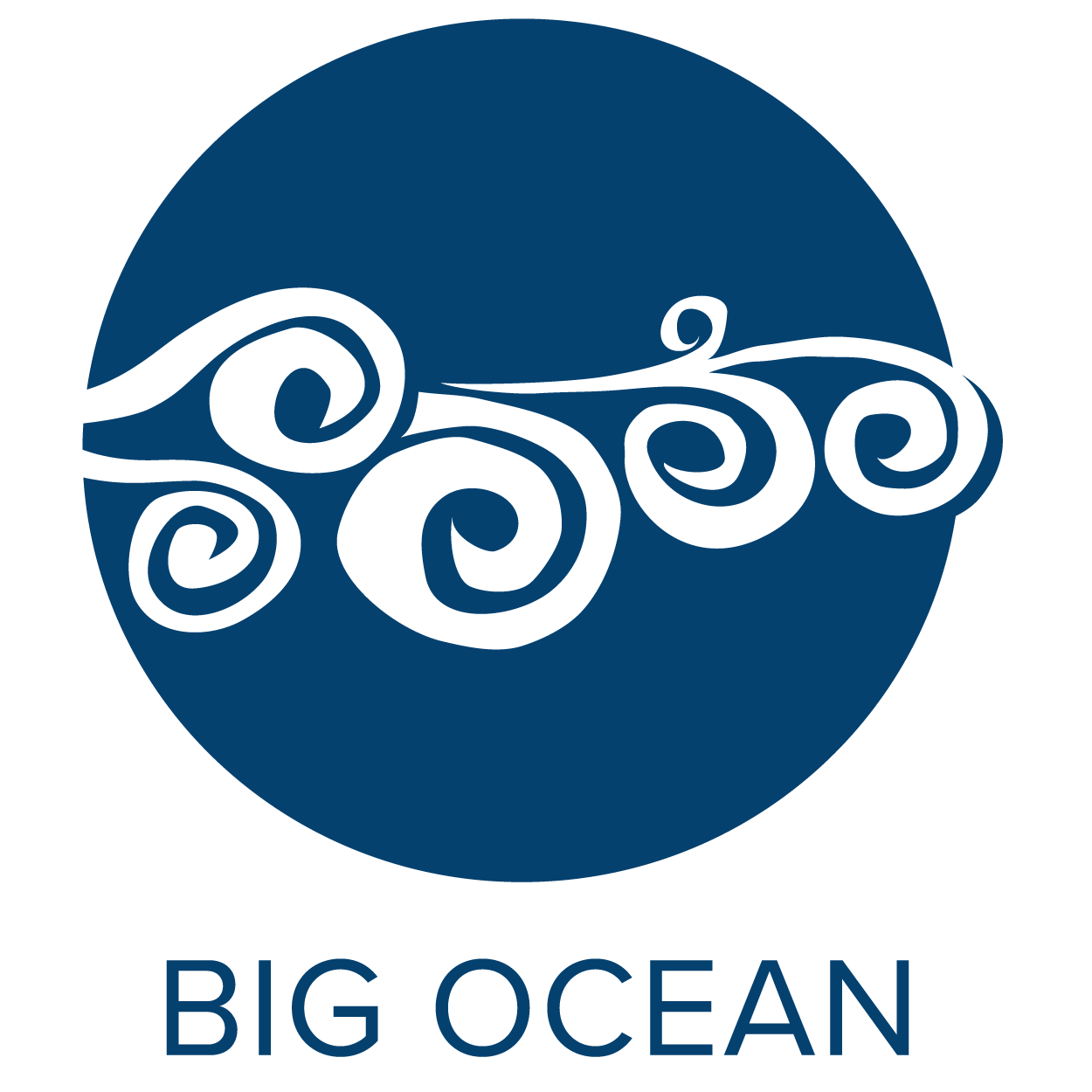Global Guidelines
The Large-Scale Marine Protected Areas: Guidelines for design and management, Volume 26 is a publication developed in partnership with the International Union for the Conservation of Nature’s (IUCN) World Commission on Protected Areas (WCPA) Large-Scale MPA Task Force (LSMPATF).
Intended to outline the known benefits and challenges–as well as provide practical guidance–the publication was written mainly for marine managers working at-scale and their teams. However, as large-scale MPAs can impact a wide spectrum of rights-holders and stakeholders, the Guidelines is also relevant for elected officials, government decision-makers and Indigenous Peoples and local communities contemplating “going big” with their marine protection efforts.
These guidelines provide the most significant lessons learned thus far at established LSMPAs, and sets the stage for the growing LSMPA community of practice to add to the body of resources, tools and products geared towards enhancing marine management and governance at-scale globally. The Guidelines are also intended to help existing sites improve their management as they grow and mature.
Big Ocean members approved the initial concept for this publication at the 3rd business meeting (New Zealand, December 2011 at ICCB), affirmed the starting outline at the 3rd meeting (Jeju, Korea at WCC), and held the first consultative draft review session at the 5th business meeting (Marseille, France in 2012 at IMPAC3). Across the six years it took to finalize this publication, many researchers, educators, cultural practitioners, and conservation professionals have contributed their expertise. Big Ocean’s long term vision is to provide more comprehensive case studies online and to support others to expand upon and refine the guidance provided to date.
Big Ocean would like to thank these organizations for their support
IUCN World Commission on Protected Areas, Convention on Biological Diversity, National Oceanic and Atmospheric Administration (NOAA), Papahānaumokuākea Marine National Monument, National Marine Sanctuary Foundation, Oceana, Great Barrier Reef Marine Park Authority, Conservation International and Conservation International – Hawai’i, Chagos Conservation Trust, International Coral Reef Initiative, Gouvernement Princier–Principaute de Monaco, New England Aquarium, Robertson Foundation, and the Woods Hole Oceanographic Institution (WHOI).
